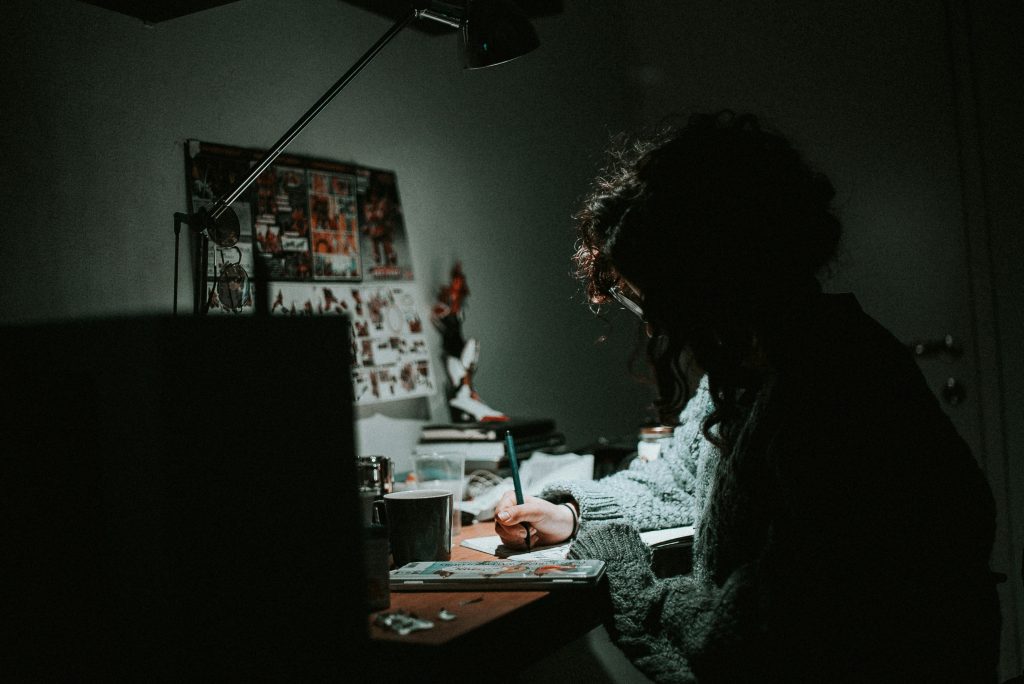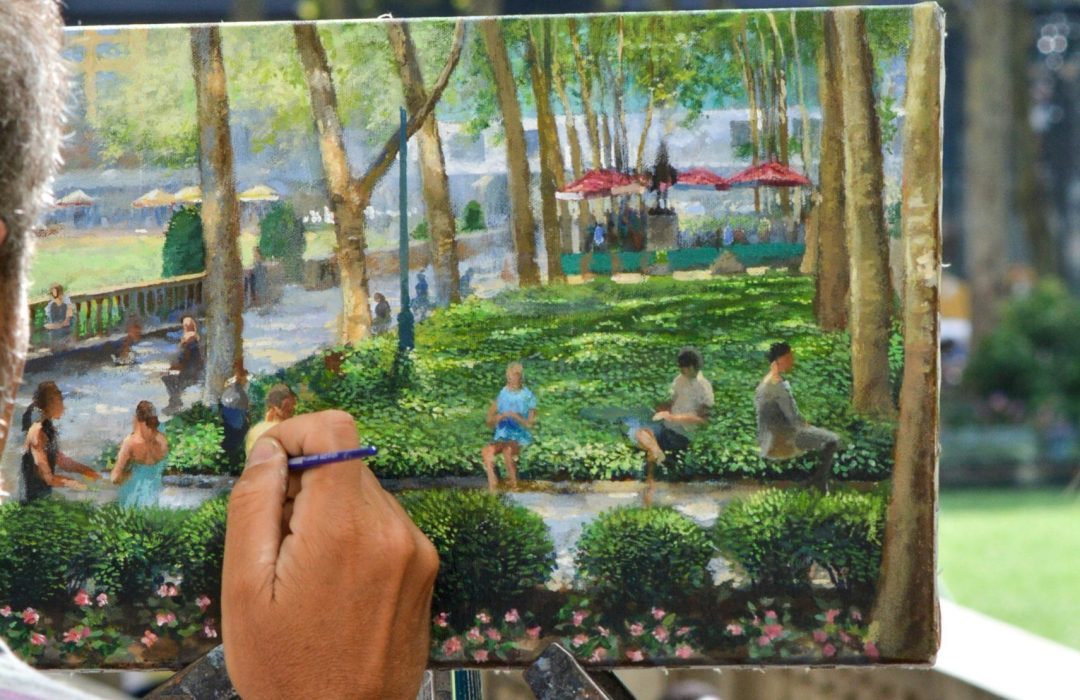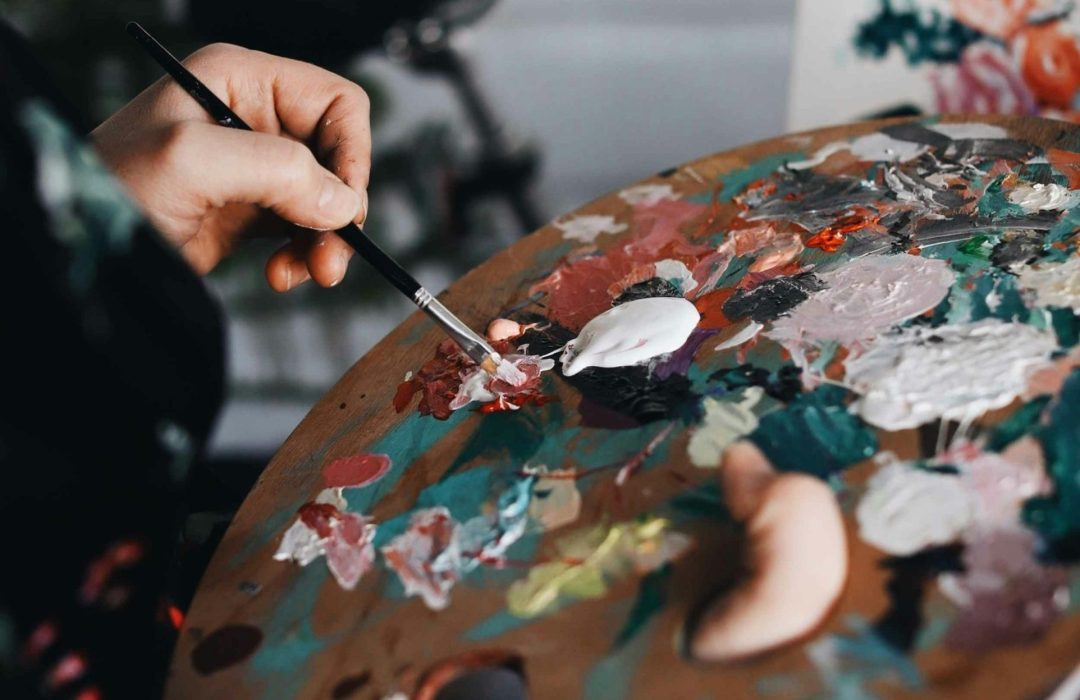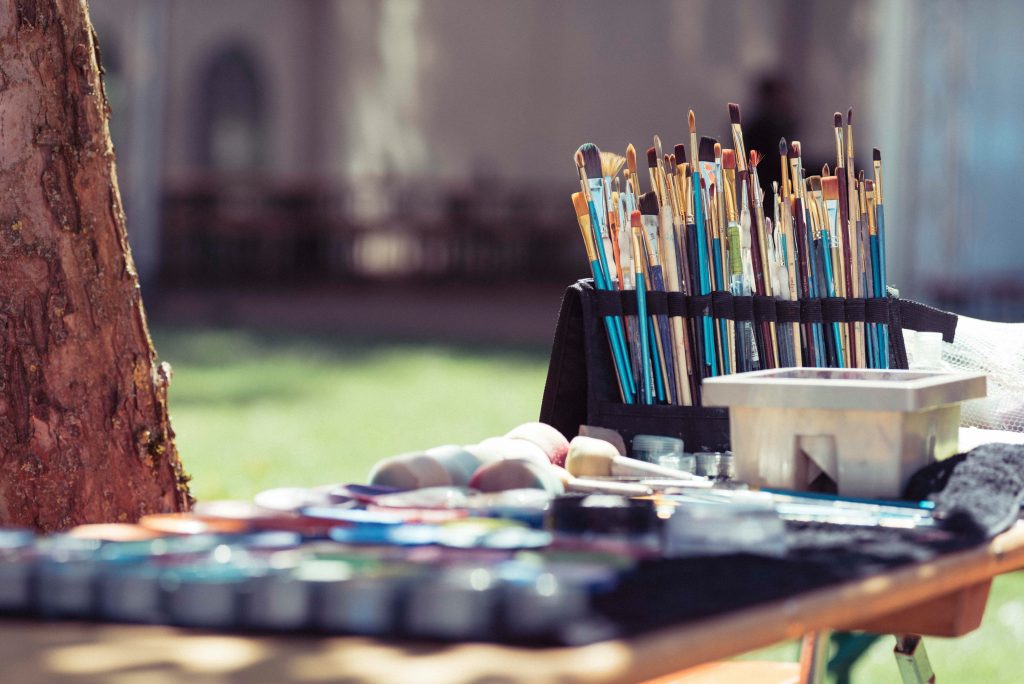
04 Apr Challenges in Global Art Communication
Communication serves as a vital conduit for understanding, appreciation, and critique across diverse cultures and societies. However, this exchange is not without its challenges. From linguistic barriers to power dynamics and technological hurdles, navigating global art communication requires a nuanced understanding of the complexities involved. In this article, we delve into the multifaceted challenges faced in global art communication, examining barriers and proposing strategies for overcoming them.
Global art communication encompasses the dissemination and interpretation of artistic expressions transcending geographical and cultural boundaries. It serves as a means of fostering cross-cultural dialogue, challenging perspectives, and promoting mutual understanding. However, amidst its significance lie inherent challenges that impede seamless communication and engagement.
Communication Barriers

Photo by Frankie Cordoba
Language
The diversity of languages worldwide presents a substantial challenge in the realm of global art communication. When encountering artworks from various regions and linguistic backgrounds, individuals may struggle to comprehend artist statements, exhibition descriptions, and critical analyses due to linguistic barriers. These linguistic differences not only hinder the understanding of artistic intentions but also impede the exchange of ideas and perspectives across cultures.
Cultural References
Artworks often contain intricate cultural references that reflect the values, beliefs, and traditions of the societies from which they emerge. However, these cultural nuances can be easily misinterpreted by viewers from different cultural backgrounds. Symbols, motifs, and contextual elements embedded within artworks may carry diverse meanings and significance across cultures, leading to potential misunderstandings and misinterpretations. As a result, navigating the complexities of cultural references in art requires a nuanced understanding of diverse cultural contexts and perspectives.
Accessibility
Access to information and resources plays a crucial role in fostering the exchange and appreciation of art globally. Unfortunately, limited access to information and resources, particularly prevalent in developing countries, poses significant challenges for both artists and audiences. Artists in these regions may face obstacles in sharing their work with broader audiences, while audiences may lack opportunities to engage with diverse art forms and perspectives. As such, addressing issues of accessibility is essential for promoting inclusivity and facilitating the meaningful exchange of artistic expression on a global scale.
Power Dynamics and Representation

Photo by Daniel Chekalov
Western Bias
The prevalence of Western narratives and aesthetics within the global art market and institutional spaces creates a hegemonic structure that marginalizes diverse voices and perspectives. This dominance not only influences the selection and promotion of artworks but also shapes the criteria for defining artistic excellence and relevance. As a result, artists and art forms outside of the Western canon may struggle to gain recognition and visibility, perpetuating imbalances of power and representation within the art world.
Unequal Access
Disparities in access to resources and opportunities within the global art landscape contribute to the marginalization of certain regions and communities. In many cases, these disparities reflect broader socioeconomic inequalities and power dynamics that limit the ability of artists and cultural producers from marginalized backgrounds to participate fully in the art world. Lack of representation and visibility further entrenches existing inequalities, hindering efforts to foster diversity and inclusivity within artistic spaces.
Cultural Appropriation
The appropriation of cultural symbols and expressions without proper acknowledgment or understanding raises significant ethical concerns within the art community. When artists, particularly those from dominant cultural groups, borrow elements from marginalized cultures for their artistic purposes, it can lead to exploitation, misrepresentation, and the perpetuation of harmful stereotypes. Moreover, cultural appropriation often occurs within a broader context of power asymmetry, where the voices and perspectives of marginalized communities are overshadowed or silenced. Addressing issues of cultural appropriation requires a commitment to ethical practices, mutual respect, and dialogue among artists, audiences, and cultural stakeholders to ensure that artistic expression is conducted responsibly and respectfully.
Technological Challenges

Photo by Flow Clark
Digital Divide
The digital divide widens existing inequalities in accessing online platforms and digital art forms, creating barriers for marginalized artists and audiences. While the internet offers unprecedented opportunities for artistic expression and engagement, disparities in internet access, technological literacy, and infrastructure hinder the full participation of marginalized communities in the digital art landscape. As a result, many artists and audiences from underserved regions and socioeconomic backgrounds face limited opportunities to showcase their work, connect with audiences, and engage with digital art forms, perpetuating systemic inequalities within the art world.
Misrepresentation
The digital reproduction and dissemination of artworks introduce complexities that can distort their original intent and nuances, posing challenges to artistic integrity and authenticity. As artworks circulate through digital channels, they are susceptible to alterations, misinterpretations, and unauthorized reproductions that may compromise the artist’s vision and message. Moreover, the loss of physical context and sensory experiences inherent in digital formats can diminish the emotional and aesthetic impact of artworks, further distancing audiences from the artist’s intended expression. Navigating the nuances of digital representation requires careful consideration of context, interpretation, and ethical standards to preserve the integrity of artistic works in the digital realm.
Security Concerns
The digital environment presents unique challenges related to copyright infringement, intellectual property protection, and data security, raising concerns for artists and content creators. Unauthorized use, reproduction, and distribution of digital artworks pose significant risks to artists’ rights and financial interests, undermining their ability to control and profit from their creative output. Additionally, issues of data privacy and cybersecurity further compound security concerns, as artists and art platforms must navigate complex legal frameworks and implement robust security measures to safeguard against unauthorized access, data breaches, and digital piracy. Addressing these challenges requires collaborative efforts among artists, policymakers, and technology stakeholders to develop effective strategies and frameworks for protecting artists’ rights and promoting a secure and sustainable digital art ecosystem.
Strategies for Overcoming Challenges

Photo by tabitha turner
Promoting Cultural Sensitivity
Promoting cultural sensitivity entails cultivating an environment where individuals are encouraged to recognize, respect, and engage with diverse cultural perspectives in art interpretation and communication. By fostering awareness and understanding of cultural contexts, symbols, and traditions, stakeholders in the art world can promote inclusivity and mitigate misinterpretations. Emphasizing the importance of cultural sensitivity encourages dialogue, empathy, and mutual respect among artists, curators, critics, and audiences, ultimately enriching the appreciation and interpretation of art across diverse cultural landscapes.
Supporting Diverse Voices
Supporting diverse voices within the art community involves actively advocating for platforms and initiatives that amplify underrepresented regions and communities. By providing opportunities for artists from marginalized backgrounds to showcase their work, share their stories, and contribute to the global art discourse, stakeholders can challenge hegemonic narratives and broaden the scope of artistic representation. Investing in diverse voices not only fosters equity and social justice within the art world but also enriches artistic expression by reflecting the multiplicity of human experiences and perspectives.
Embracing Technological Advancements
Embracing technological advancements offers new possibilities for bridging geographical and cultural divides within the art world. By leveraging digital platforms, virtual reality, and other innovative tools, stakeholders can facilitate the exchange of artistic ideas, experiences, and collaborations across borders and boundaries. Technological innovations enable artists and audiences to engage with art in new and immersive ways, transcending traditional time and space constraints. However, embracing technological advancements also requires implementing robust security measures to safeguard artists’ rights, intellectual property, and creative integrity. By prioritizing the ethical and responsible use of technology, stakeholders can harness its transformative potential to foster connectivity, creativity, and cultural exchange within the global art community.

Photo by Kai Oberhäuser
Conclusion
Addressing the challenges in global art communication is paramount for fostering a more inclusive, equitable, and enriched cultural dialogue. By promoting cultural sensitivity, supporting diverse voices, and embracing technological advancements, we can cultivate a global art ecosystem that thrives on collaboration, mutual respect, and shared appreciation. Through collaborative efforts and proactive engagement, the potential for fostering richer dialogue, inclusivity, and mutual understanding in global art communication is within reach. Let us embrace these challenges as opportunities for growth, innovation, and collective progress in the dynamic landscape of global art.
Key Takeaways
- Language Barriers: Difficulties in comprehension due to linguistic diversity.
- Cultural References: Misinterpretations stemming from cultural differences.
- Accessibility: Limited access to resources hinders participation.
- Western Bias: Dominance of Western narratives in the global art scene.
- Unequal Representation: Disproportionate visibility of certain regions and groups.
- Technological Hurdles: Challenges posed by digital platforms and accessibility.
FAQs
What are the primary challenges faced in global art communication?
Global art communication faces several challenges, including linguistic barriers, cultural differences, limited accessibility to resources, Western bias in the art scene, unequal representation, and technological hurdles. These obstacles hinder the seamless exchange of artistic expressions and ideas across diverse cultures and societies.
How do linguistic and cultural barriers impact global art communication?
Linguistic barriers make it difficult for individuals to comprehend artist statements, exhibition descriptions, and critical analyses, leading to misunderstandings and limitations in exchanging ideas. Cultural differences contribute to misinterpretations of symbols, motifs, and contextual elements in artworks, emphasizing the need for a nuanced understanding of diverse cultural contexts to facilitate effective communication and interpretation.
What strategies can be employed to overcome challenges in global art communication?
To overcome challenges in global art communication, stakeholders can promote cultural sensitivity by fostering awareness and respect for diverse cultural perspectives. Supporting diverse voices within the art community by amplifying underrepresented regions and communities helps challenge hegemonic narratives and broaden the scope of artistic representation. Embracing technological advancements facilitates the exchange of artistic ideas and experiences across borders while implementing robust security measures to safeguard artists’ rights and creative integrity. By prioritizing inclusivity, equity, and responsible use of technology, stakeholders can foster a more enriching and collaborative global art ecosystem.
Examining “Artistic Responses to Global Crises” and contemporary issues through their creative expressions and artwork.

